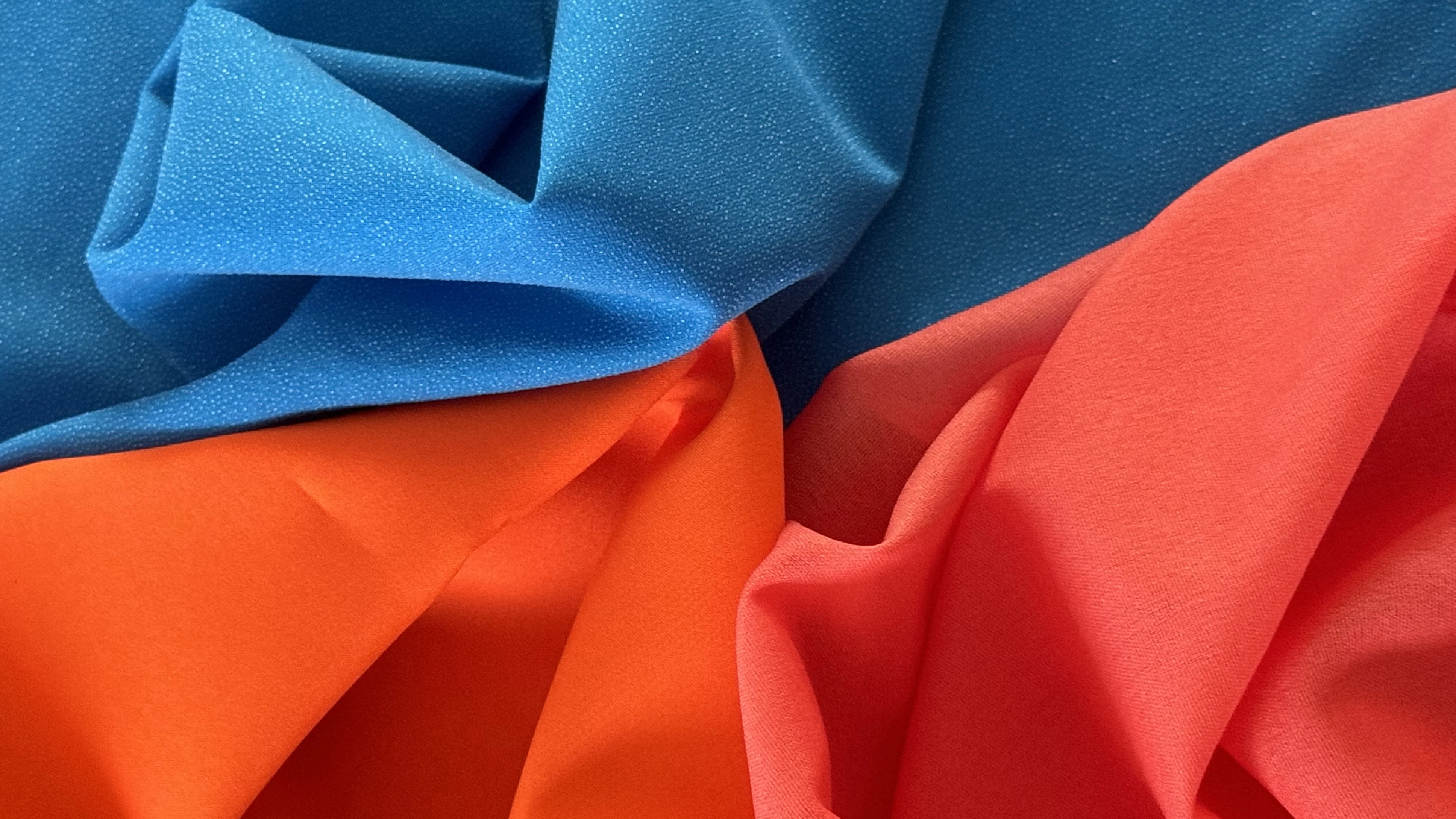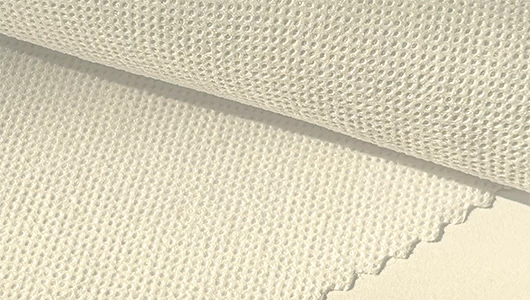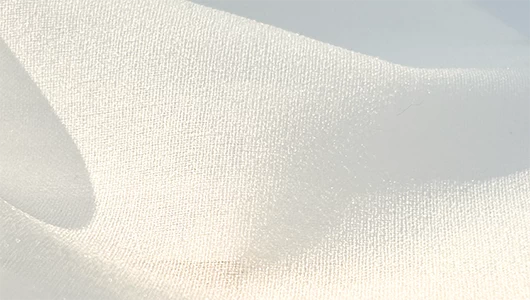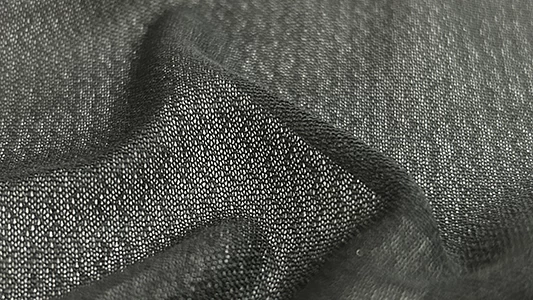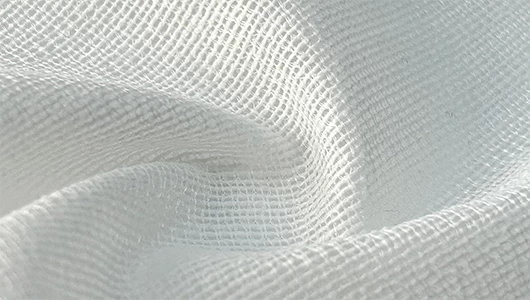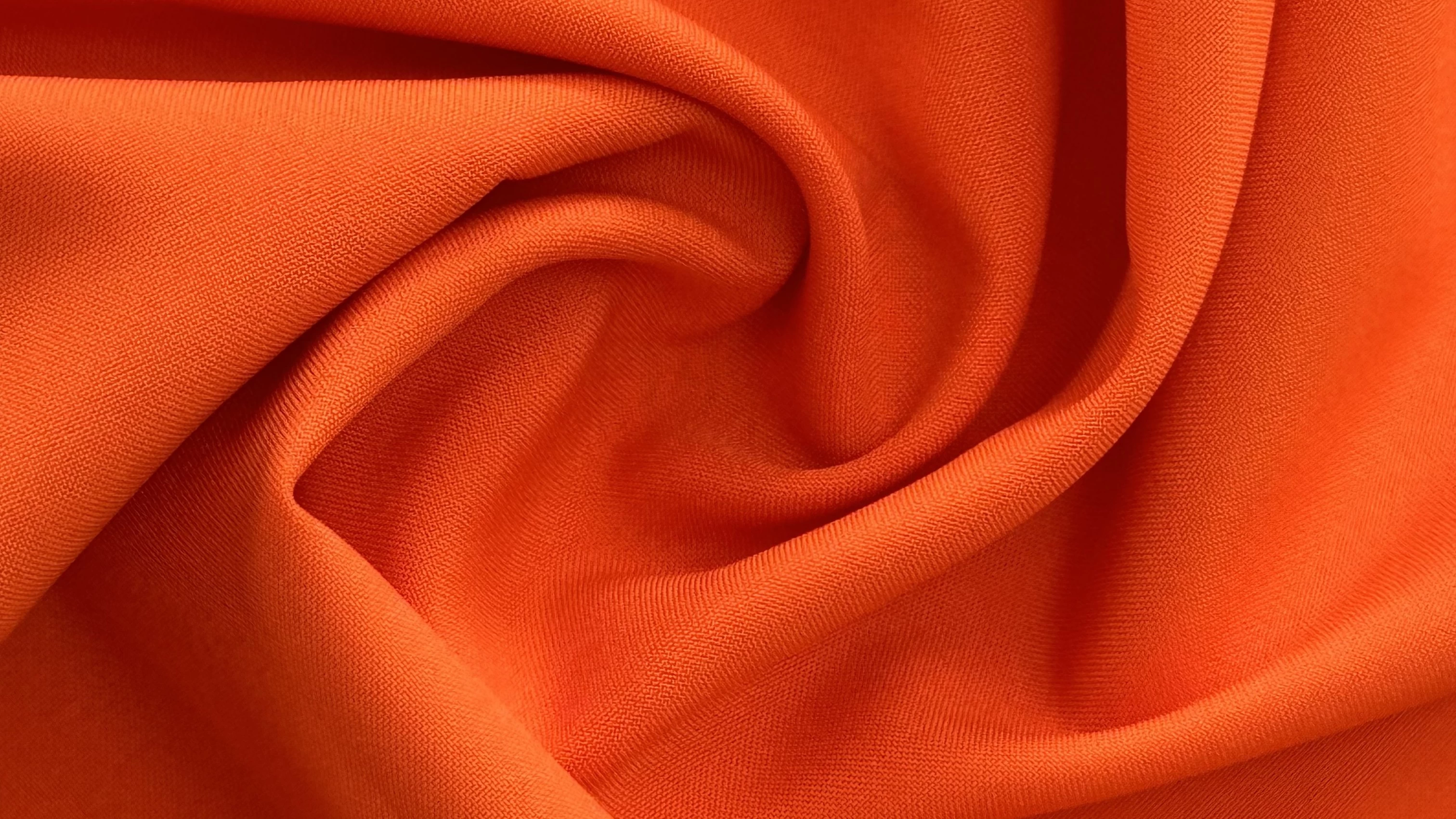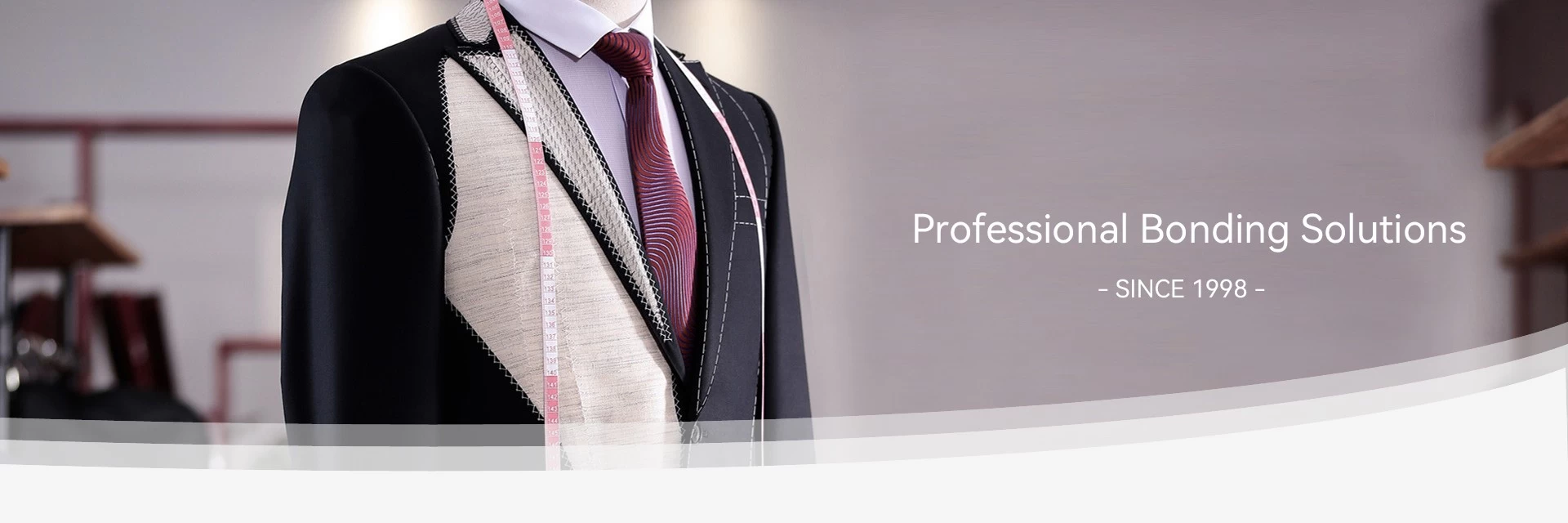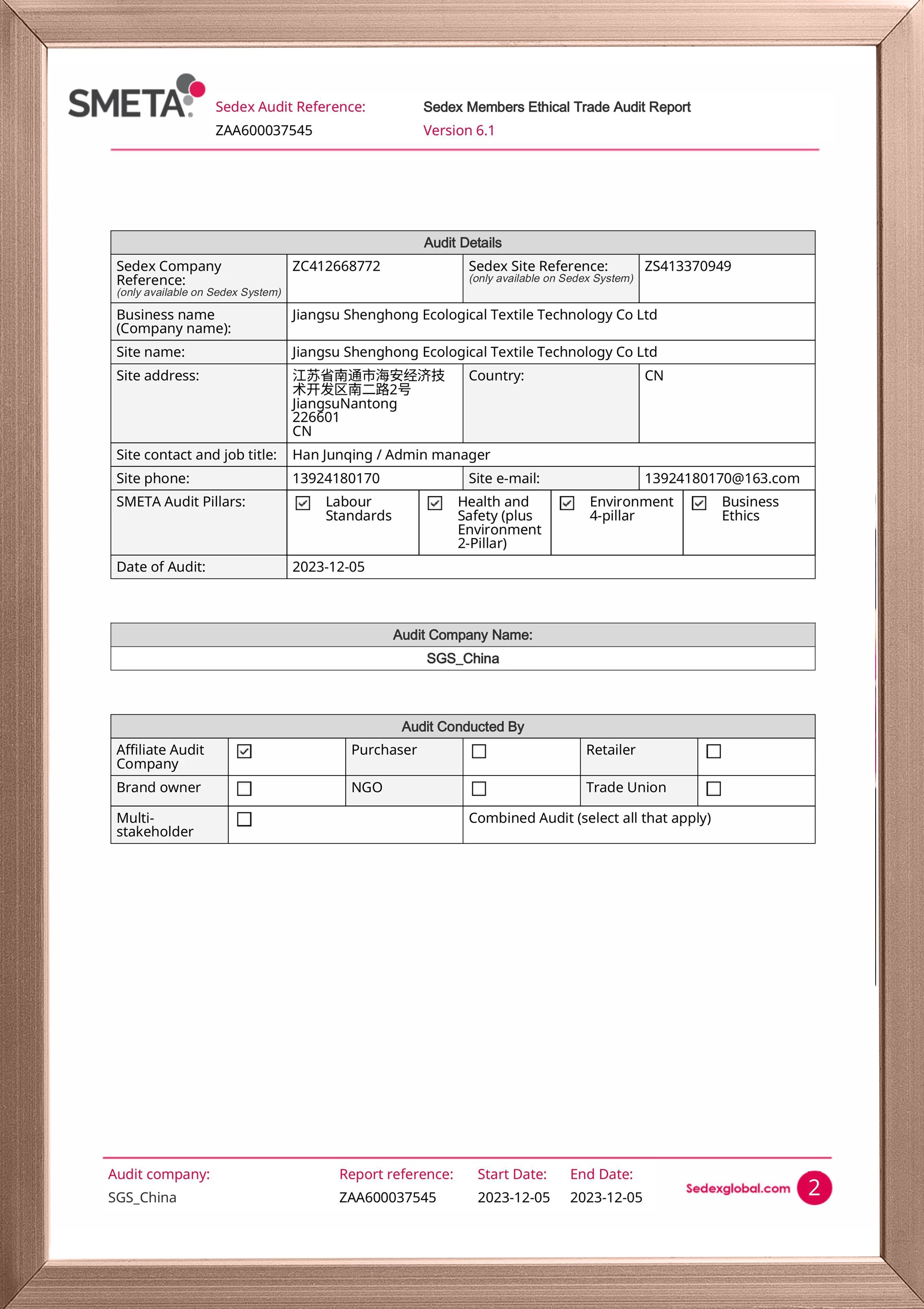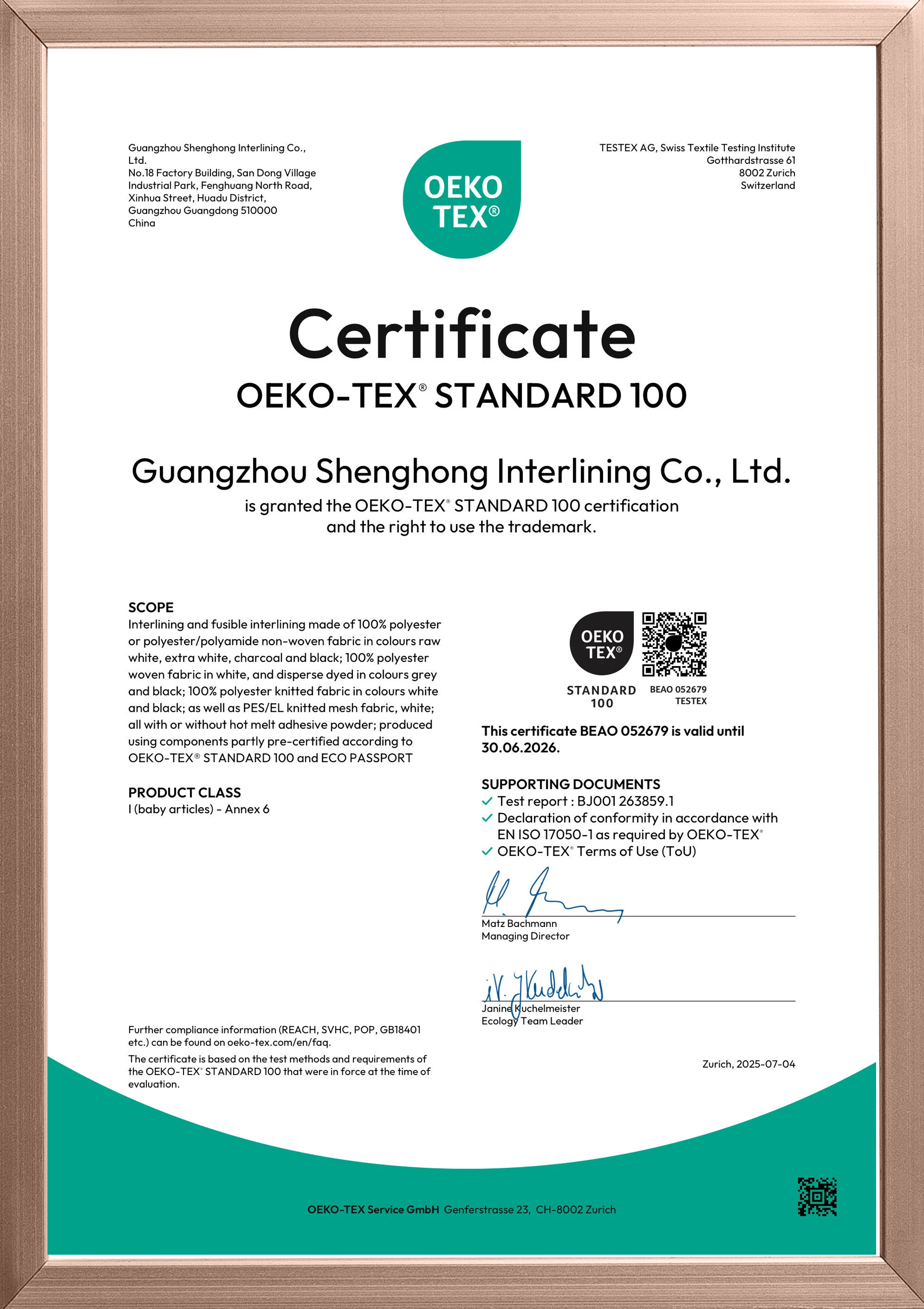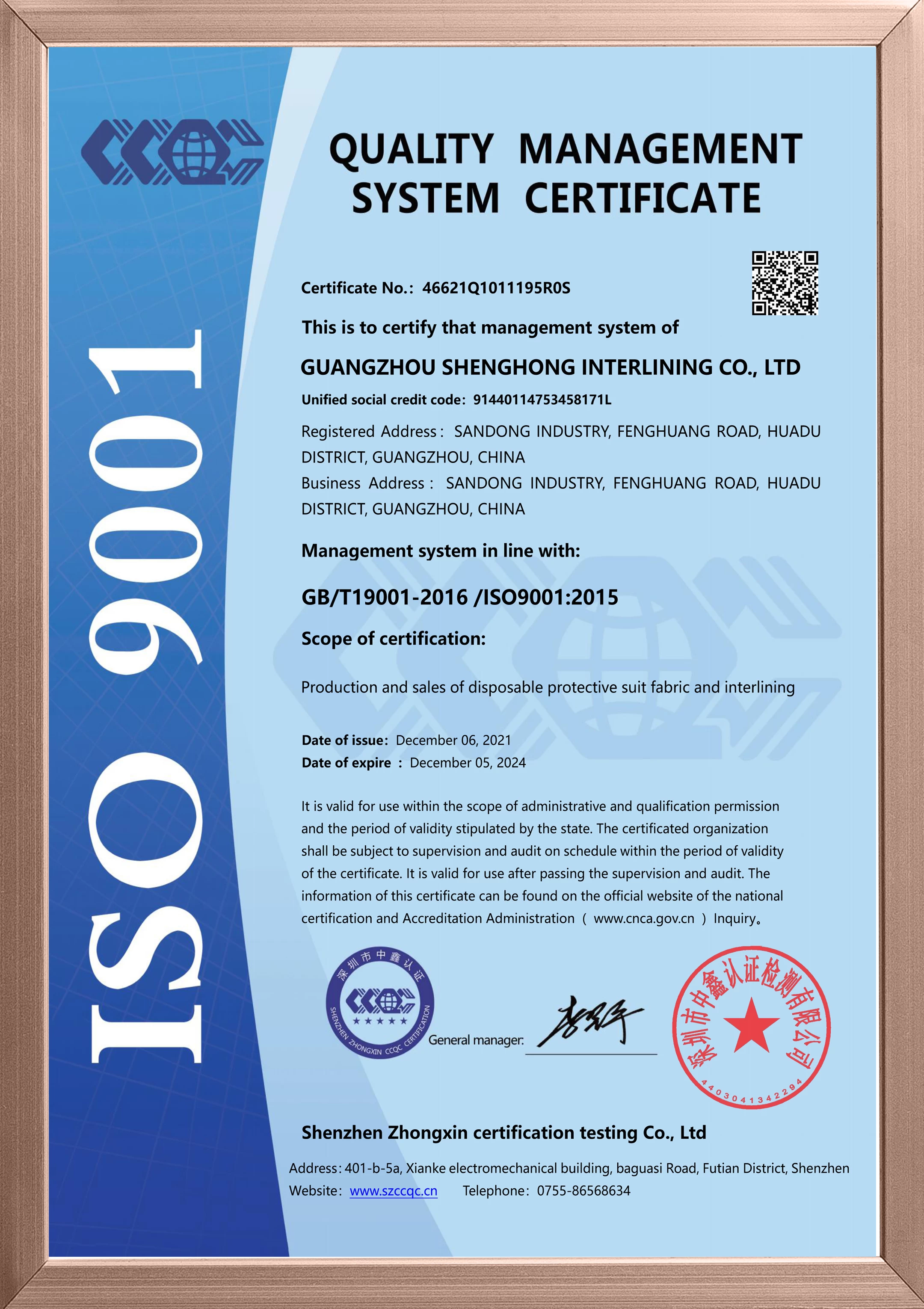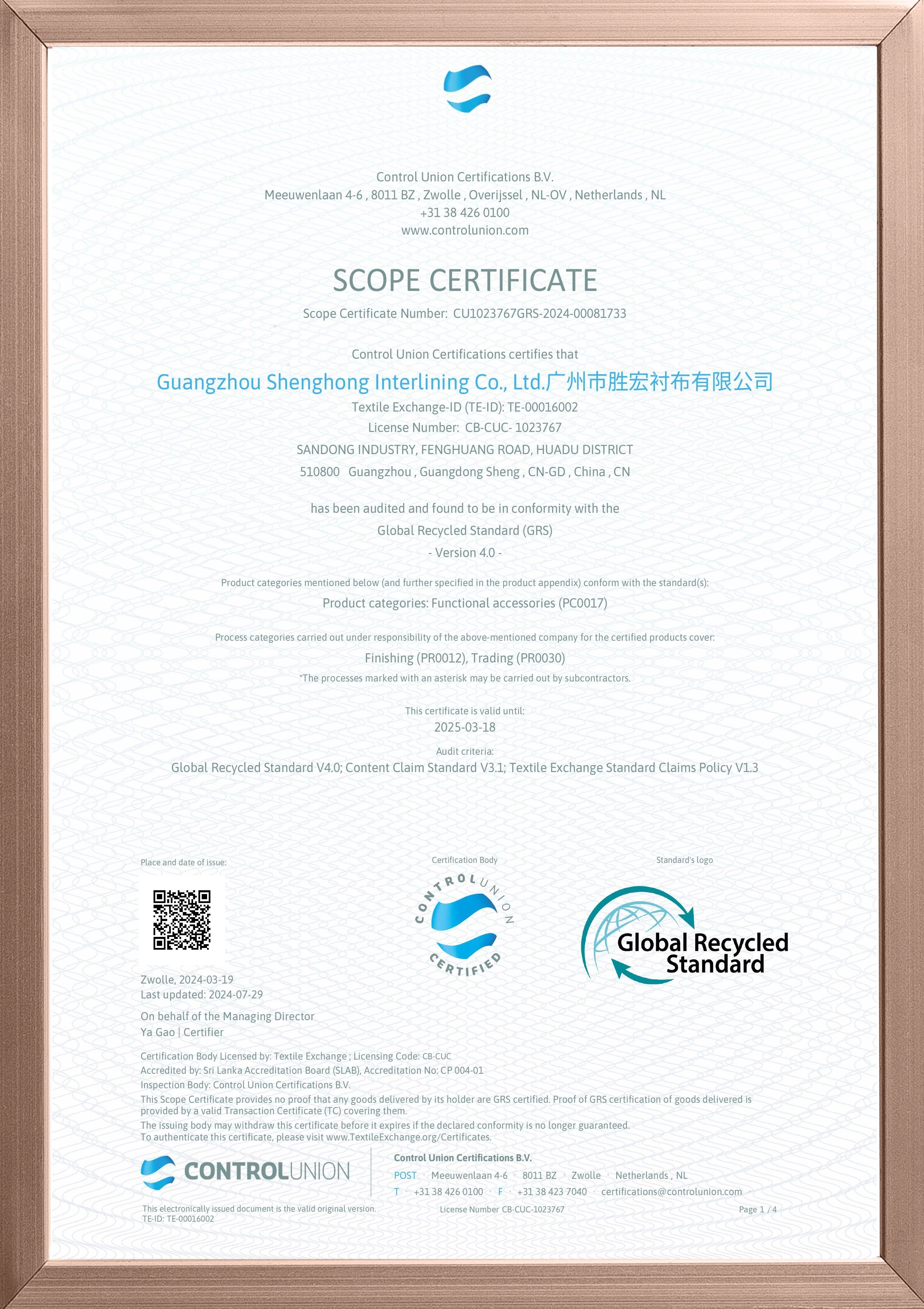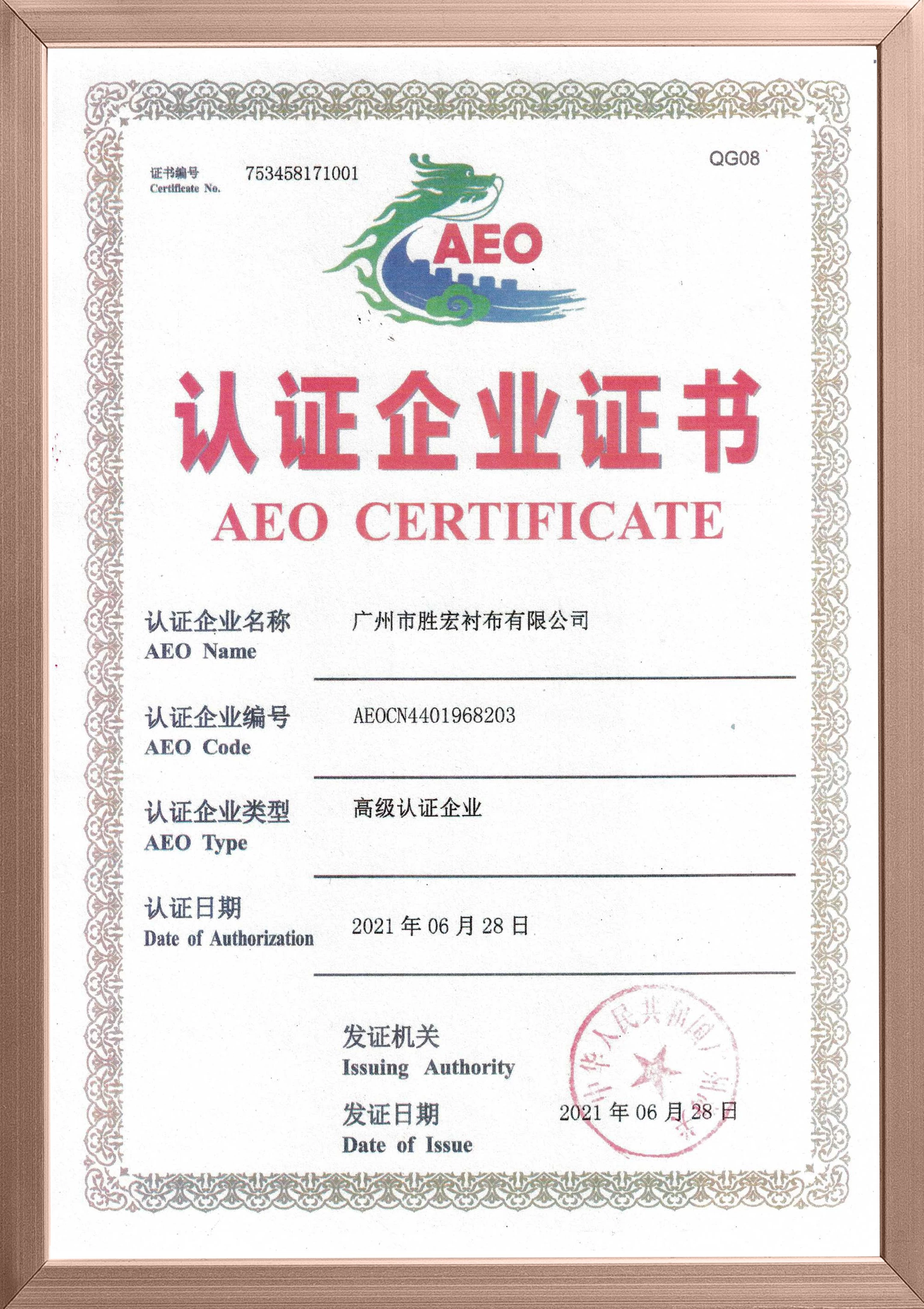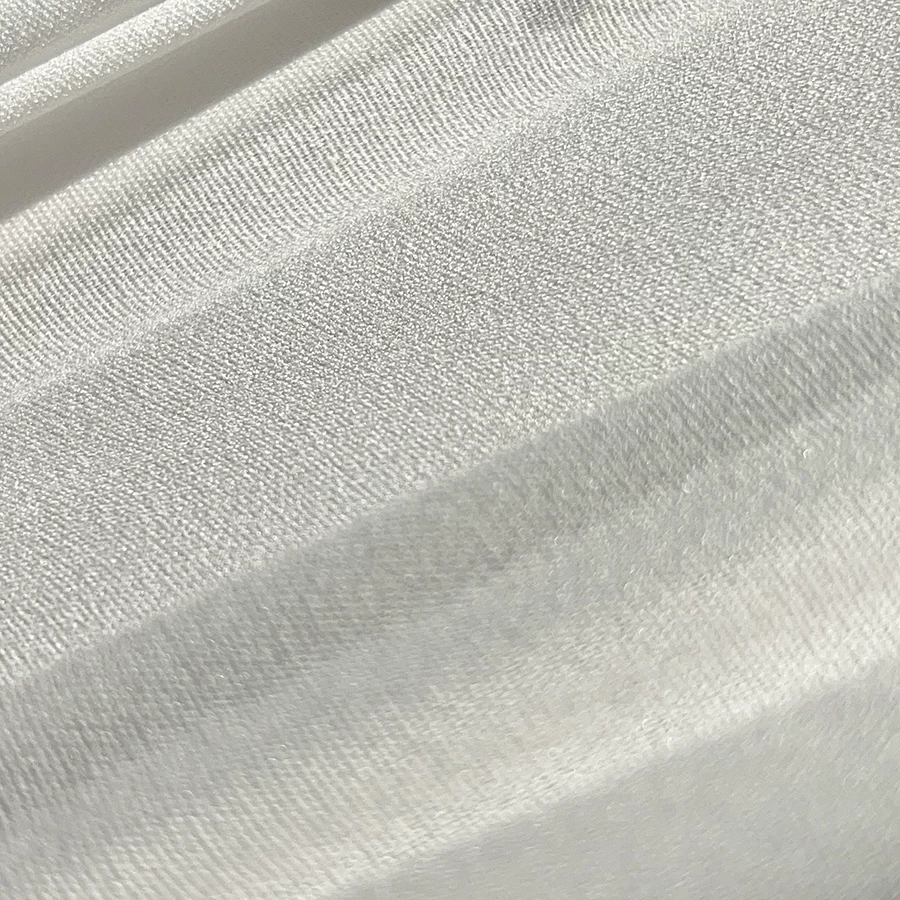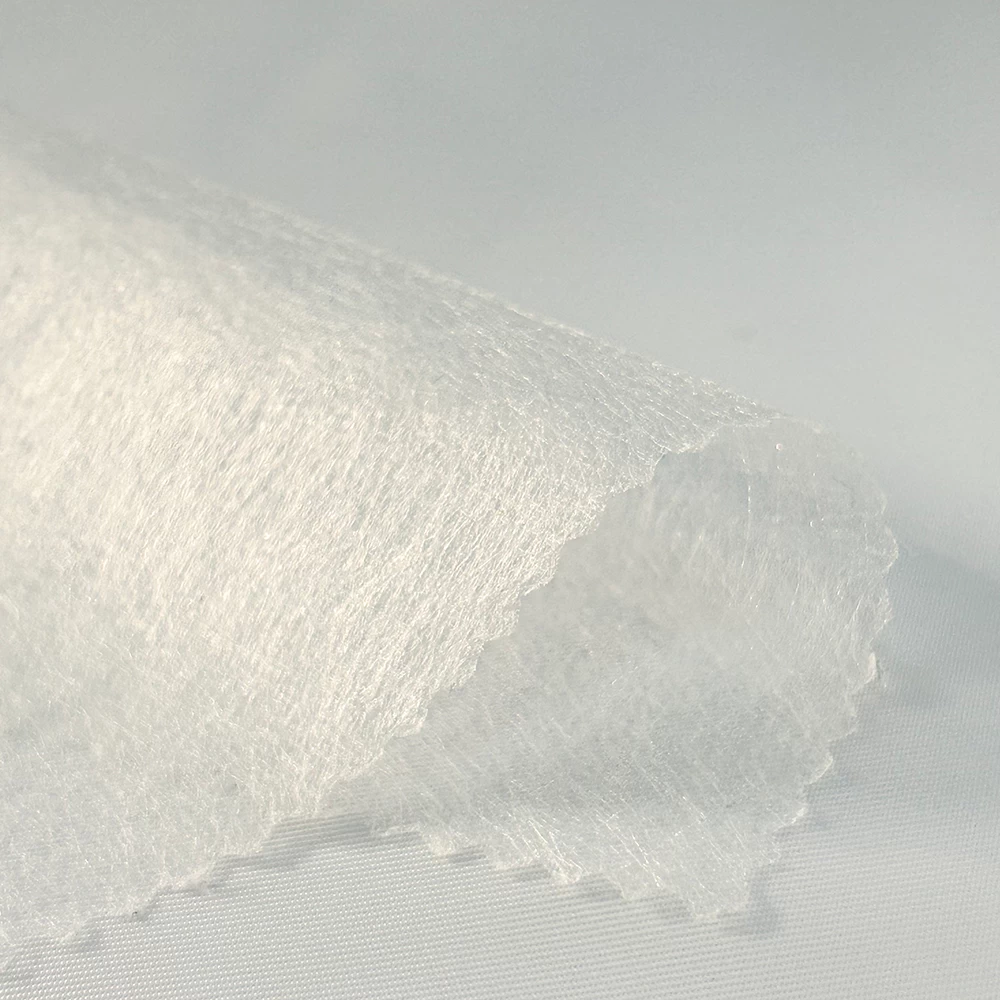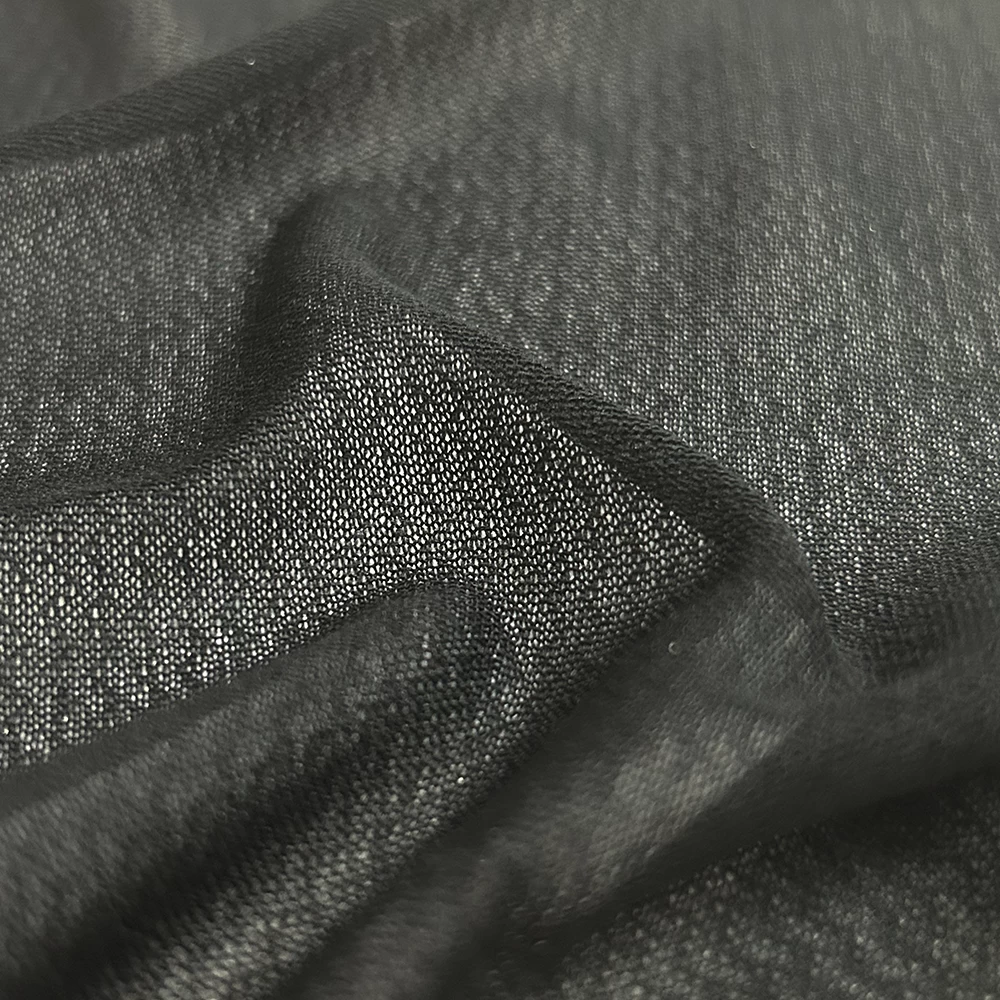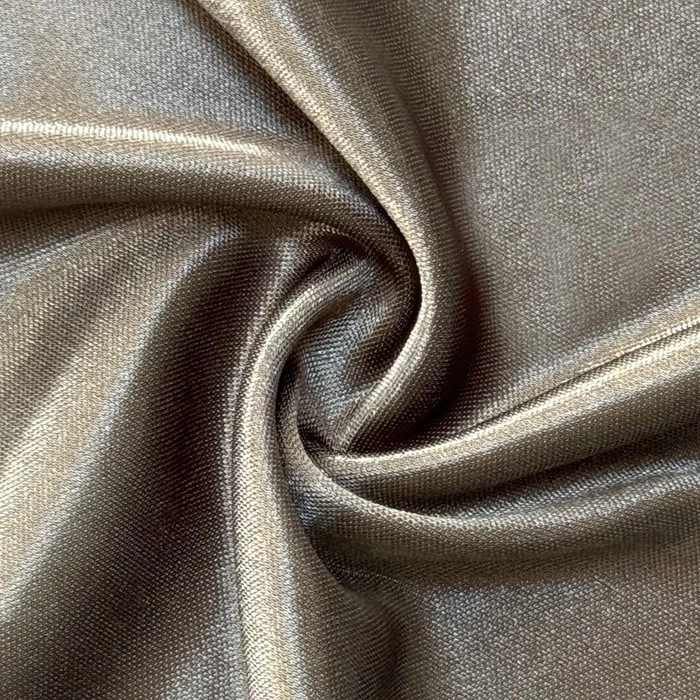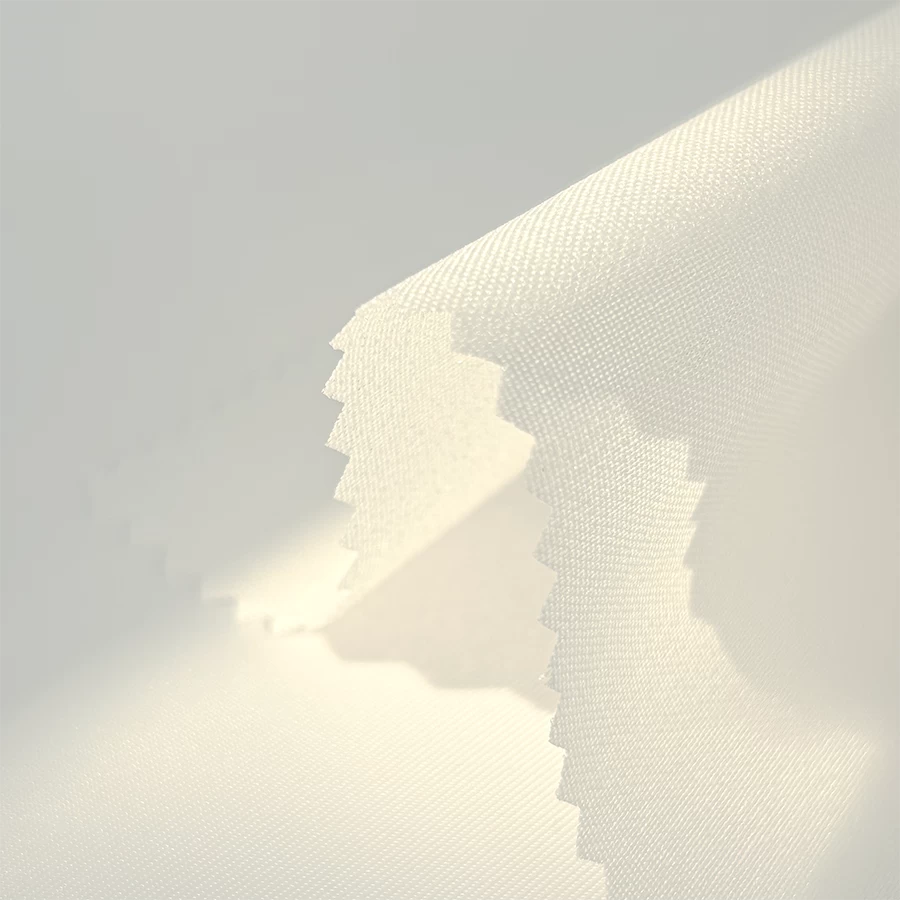Uncovering Bonding Temperatures: Key Points and Unique Advantages of Moist Heat Bonding
The temperature required for bonding is usually expressed in terms of the bonding surface temperature, i.e. the temperature between the hot-melt side of the bonded interlining and the contact surface where the fabric meets. This temperature is by no means the temperature of the heating zone as we usually think of it. This is due to the fact that between the heating zone and the bonding surface there are gaps in the air, the conveyor curtain (belt) and the bonded fabric. Therefore, the bonding surface temperature is mainly the temperature difference between the mixing degree of the heating zone and the gap between the conveyor belt and the thickness of the fabric. This temperature is actually the hot melt adhesive feel the temperature (heat), often called “glue pressure temperature” abroad.China shenghong interlining manufacturer
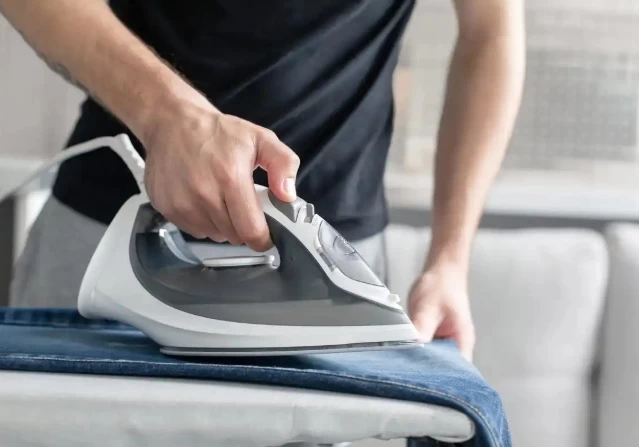
Determination of the temperature of the bonding surface, with a thermoelectric high temperature meter can be obtained, but the actual use is not very convenient. Therefore, it can be measured by thermometer paper, which is both accurate and rapid. It is made by the very easy to melt the test substance coated on the paper surface in sections. When the temperature reaches the melting temperature of each segment, the color of the segment on the paper surface is black.
(1) The bonding temperature has a very direct influence on the effect of bonding, and the relationship between the bonding temperature and the initial peeling strength. When the pressing time and pressure is certain, with the rise of the pressing temperature, the peeling strength also rises. But when the temperature exceeds a certain value, the peel strength will fall. This is because too high a temperature so that the hot melt adhesive liquid viscosity becomes very small, easy to make the hot melt adhesive from the interlining fabrics on the excess transfer to the fabric fabrics, serious through the fabric fabrics, so that the connection between the two pieces of fabric becomes very weak. Therefore, the bonding temperature must be appropriate, the minimum. Is the hot melt adhesive viscous flow temperature. Inappropriate temperature (too high or too low), can not get the best peel strength and other good performance, but will appear false (temporary) bonding phenomenon. And the temperature is too high will result in excessive thermal contraction of the fabric will cause serious pressure ironing blistering, may also produce on the fabric color fastness and mechanical strength of the adverse effects.China interlining strength manufacturers
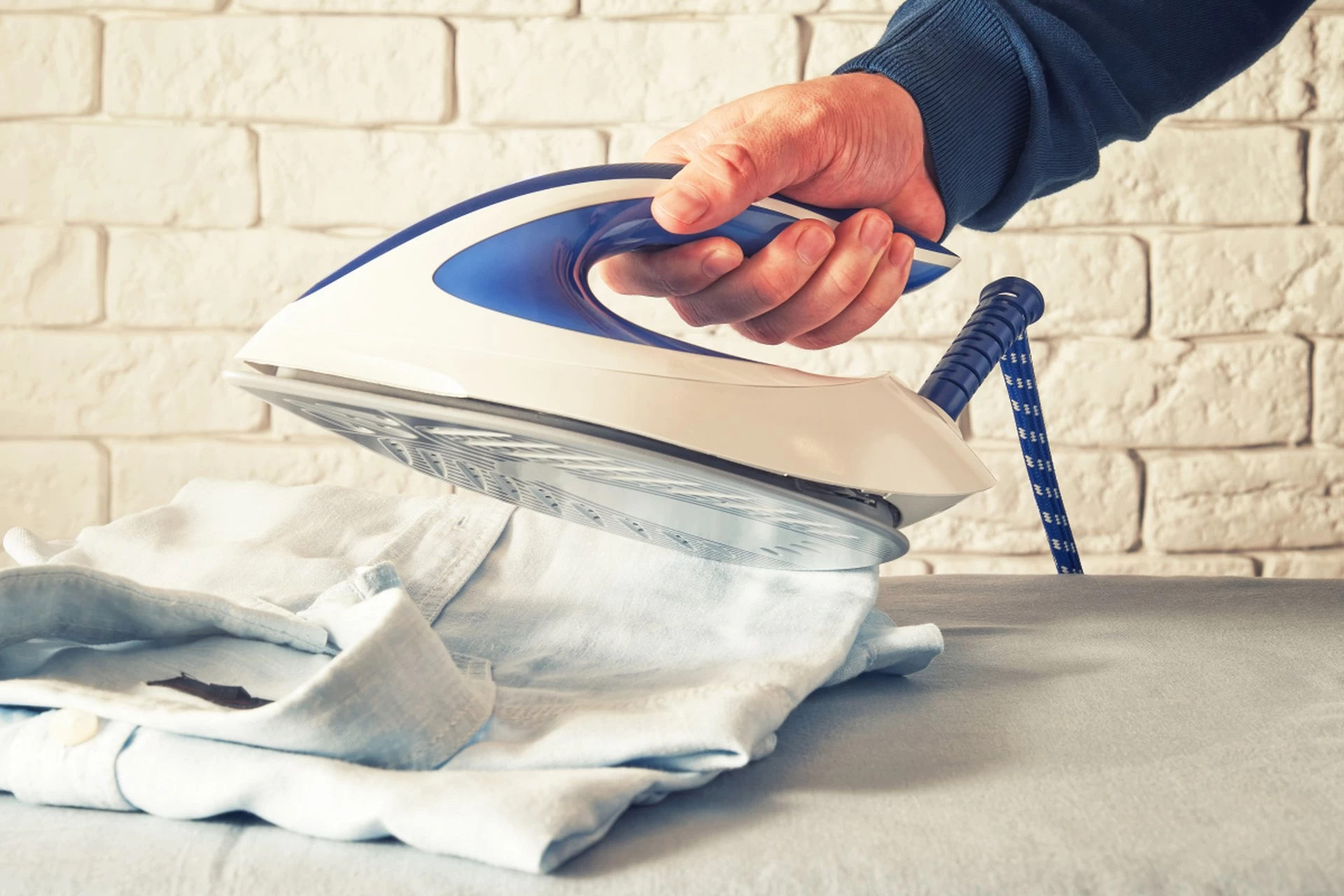
(2) the use of steam bonding that is wet heat bonding, better than the general dry heat bonding, its superiority is as follows:
A. In the humid heat bonding conditions, can use low-temperature adhesive lining (such as PA), not easy to damage the performance of the fabric.
B. Conduct heat conveniently, can shorten the time of sticking ironing, improve efficiency.
C. In dry heat conditions, in order to prevent the evaporation of water from the fabric, it is necessary to control the moisture content of the fabric; humid heat conditions do not require dehumidification.
D. For some fusible interlining, such as PA, etc., the peel strength is higher in hot and humid conditions than in dry conditions.China garment accessories factory

